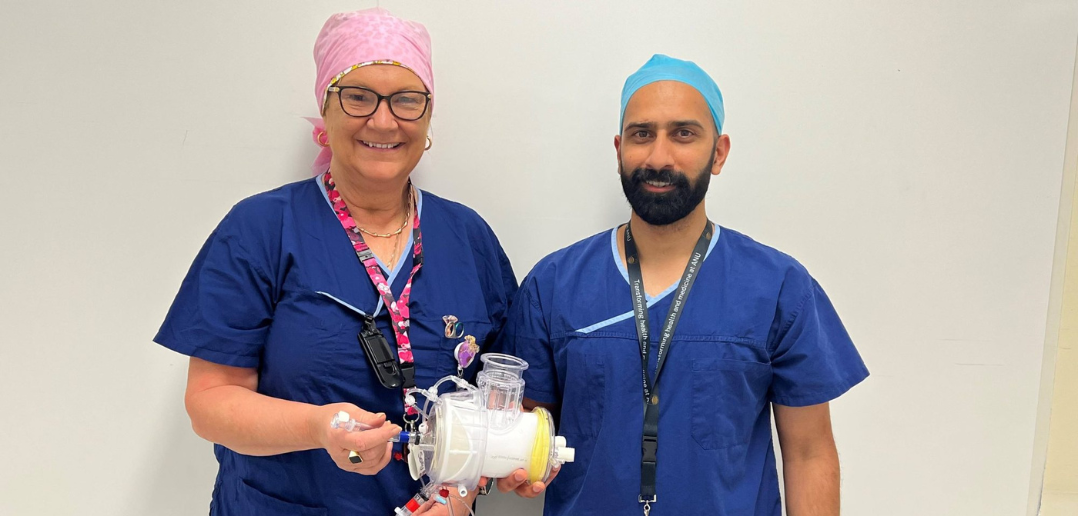Broken sleep brings big breakthrough

Source: http://phnews.org.au/
10/05/23
Many famous discoveries are inspired by dreams – but Sally McLeod had her ‘eureka moment’ while struggling to get back to sleep one night.
While not as world-changing as Albert Einstein’s theory of relativity, or Nils Bohr’s atomic model, her innovation could have major benefits for patients around the globe.
The Head Perfusion Technician at Sydney Adventist Hospital is the proud co-inventor of a technique that significantly reduces the risk of a life-critical procedure during cardiopulmonary bypass surgery.
Perfusionists operate the heart-lung machine that keeps patients alive while undergoing such treatment, maintaining blood flow and regulating the body's oxygen/carbon dioxide levels.
“A failed oxygenator during surgery is a very rare event, but it does happen and we have to be prepared for it,” Ms McLeod said.
“Some perfusionists never have to deal with this in their whole career, while others have had it happen to them a couple of times. When it happens, decisions have to be made instantly and the oxygenator change-out done as quickly as possible.”
Replacing the oxygenator usually takes up to three minutes – increasing the risk of neurological injury and death – but Ms McLeod and colleague Dr David D’Silva have devised a way to cut this process to just 10 seconds.
“With the old way, it was a really big deal if the oxygenator failed,” said Dr D’Silva, a medical perfusionist.
“The surgeon had to decide whether to cool the patient down or rush off bypass; it was a whole-of-theatre crisis.”

The duo’s new method was sparked by the need to replace a discontinued part of the hospital’s bypass machine, and Ms McLeod found herself awake at 2am one night pondering the best way to streamline the process by switching to a fully-integrated system.
“Each hospital has its own unique drawings of the lines – the circuit – that connects the patient to the oxygenator and the reservoir. You want the lines as short as possible and the most direct way you can do it,” she said.
“I dreamt up a new line I thought would probably make the change-out of a failed oxygenator quicker, easier and safer. After modifying the line drawings and making the new line, we needed to test it.”
Working with Dr D’Silva, they designed a process they call Quick FOX – standing for “Quick connectors, Fast Oxygenator eXchange”.
As well as highlighting the rapidity of the oxygenator change-out process, it also pays respect to the hospital’s location at Fox Valley Road in Wahroonga on Sydney’s Upper North Shore.
Ms McLeod and Dr D’Silva have co-written a paper about Quick FOX which has been accepted into a journal, and they have already had success introducing the process to colleagues in Australia and internationally.
“They’re amazed it’s taken someone this long to come up with this solution,” she said.
“It gives them confidence that if an oxygenator failure were to happen in their theatre, the change-out will take only seconds and not be the huge deal that it used to be.
“The more people this new method can help the better. It takes considerable pressure off us as perfusionists. And if you can get it done safely and quickly, and know the patient is safe, that’s a fantastic outcome.”
Dr D’Silva, who is President of the Australasian Society of Medical Perfusion, said Quick FOX could be adopted globally.
“Some components will be slightly different in other countries, but there are many things that are standard around the world, so yes this can be replicated in other countries,” he said.
